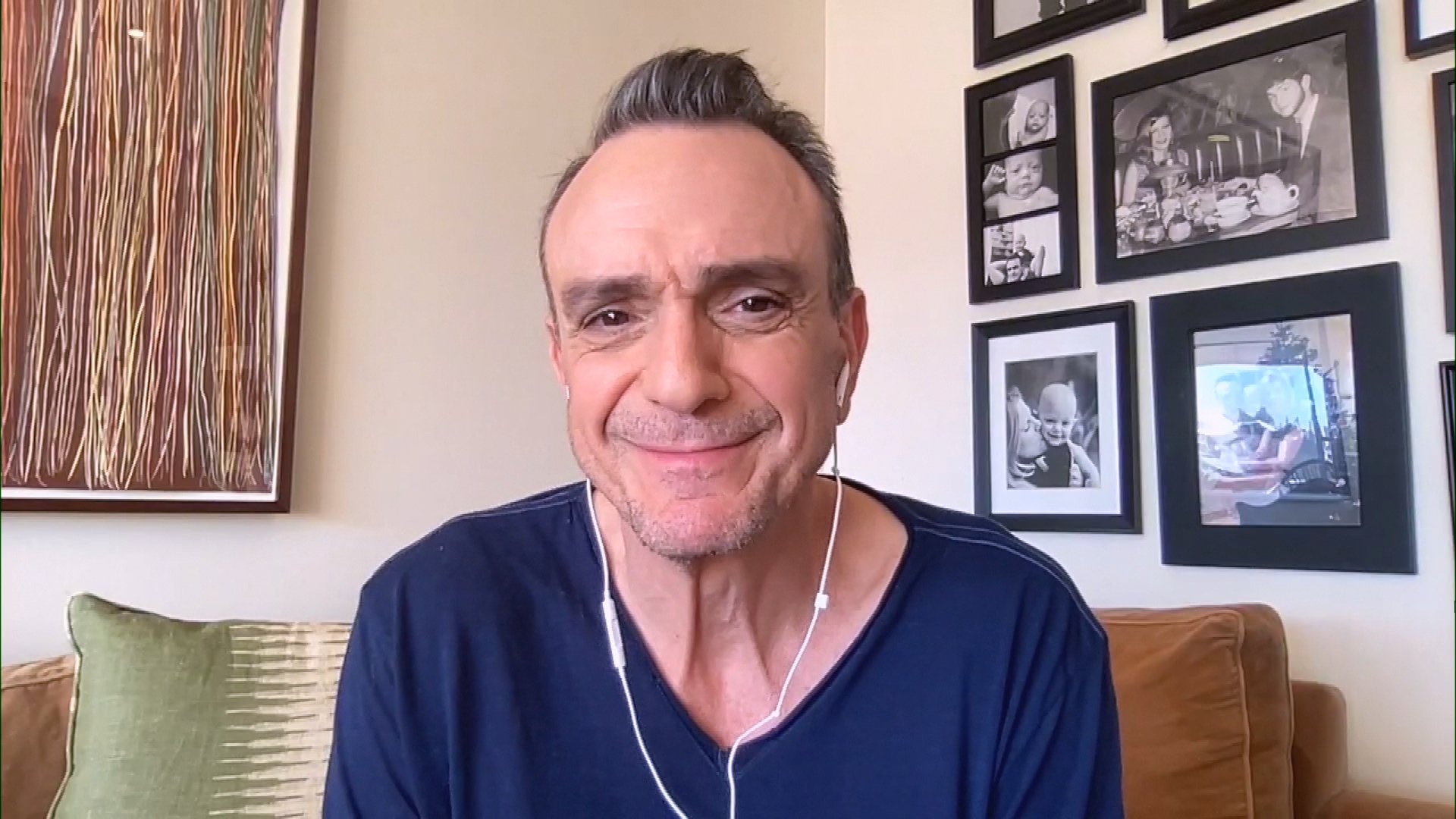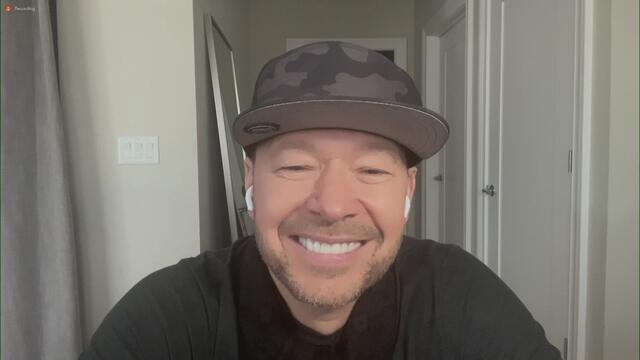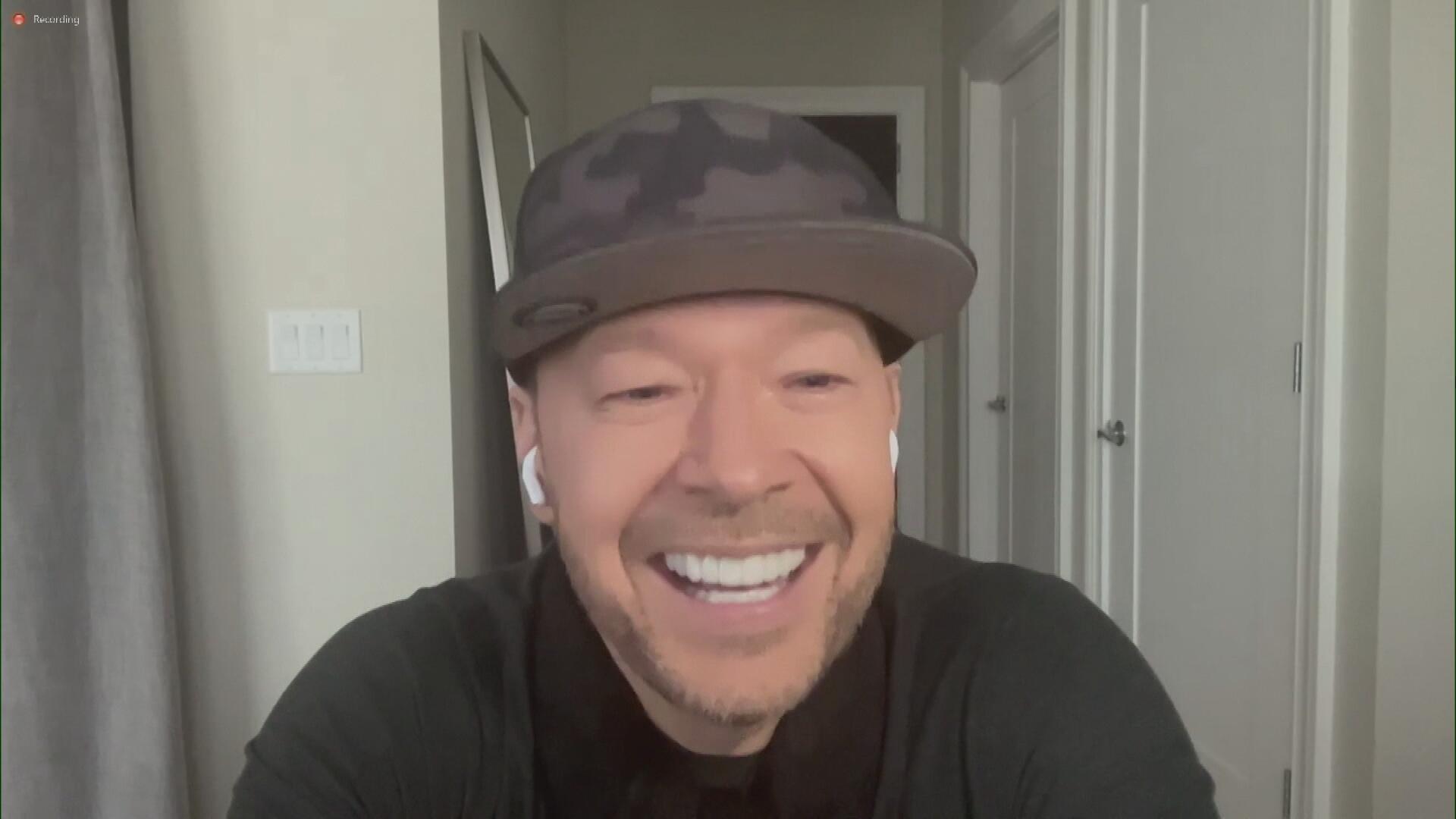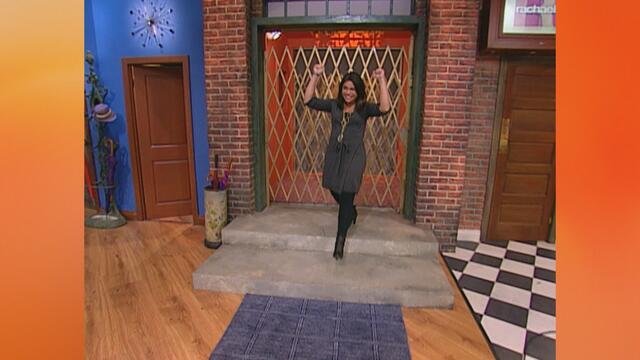

How The Snowball Method Can Help With Debt | Financial Expert An…

Q&A with Organizational Pro Peter Walsh + Dermatologist Shares A…

Actor Hank Azaria + Freezer Meals + Artichokes 2 Ways with Rach

See Inside Barbara Corcoran's Stunning NY Apartment + It's Steak…

How to Make Chicken and Lobster Piccata | Richard Blais

Donnie Wahlberg Spills Details About NKOTB's First Ever Conventi…

Donnie Wahlberg + Jenny McCarthy Say Rach Is Such a "Joy" + Look…

The Best Moments From 17 Seasons of the Show Will Make You Laugh…

How to Make Crabby Carbonara | Rachael Ray

Rach Chats "Firsts" In Flashback From Our First Episode Ever In …

How to Make Apple-Cider Braised Pork Chop Sandwiches with Onion …

Rach's Chef Pals Say Goodbye to Show in Surprise Video Message

How to Make Sesame Cookies | Buddy Valastro

How to Make Tortilla with Potatoes, Piquillo Peppers and Mancheg…

How to Make Shrimp Burgers | Jacques Pepin

How to Make Spanakopipasta | Rachael Ray

Andrew McCarthy Chokes Up Discussing Emotional Trip to Spain wit…

Celebrity Guests Send Farewell Messages After 17 Seasons of the …

Celebrity Guests Send Farewell Messages After 17 Seasons of the …

Andrew McCarthy Teases Upcoming "Brat Pack" Reunion Special

Michelle Obama Toasts Rach's 17 Years on the Air With a Heartfel…
Ok so, you probably have rent or a mortgage and bills to pay. Add on credit card debt and student loans and it can start to feel overwhelming. So, where should you begin?
Anthony ONeal, financial expert and author of the new book Debt Free Degree, recommends using the snowball method for debt.
RELATED: The 4 Questions Financial Experts Are Asked All The Time — Answered!
Before you start paying off debt though, Anthony's first piece of advice is to have a budget. This should consist of what he calls your 4 "walls": Rent and utilities, clothing, transportation and food.
Once you have a budget established and you're able to pay your monthly rent and utility bills, regularly buy groceries and so on, the next step is to make all of your MINIMUM payments on credit card debt and student loans.
Next, start working toward establishing an emergency fund, the expert says. Your goal is to have $1,000 in this emergency fund. Once you've reached that milestone, pause and put any extra money you have each month towards paying off your debt and student loans.
WHAT IS THE SNOWBALL METHOD FOR DEBT?
The debt snowball method involves paying off bills in order of smallest to largest, regardless of interest rate. (In other words, if your credit card debt is less than your student loan debt, attack the credit card debt first.)
Start by listing all of your debts from smallest to largest — again, regardless of the interest rate. Then, make minimum payments on everything except the smallest. Attack the smallest debt "with everything you have — sell stuff, take on an extra job," whatever you can do.
Once that smallest debt is paid off, take its payment and any extra funds and apply that to your next smallest debt while continuing to make minimum payments on the rest.
Repeat this until you are debt-free.
Finally, once your debt is paid off, you can go back to putting additional money into your emergency fund. Ideally, you should have 3-6 months of expenses saved to cover you in case of an emergency.





